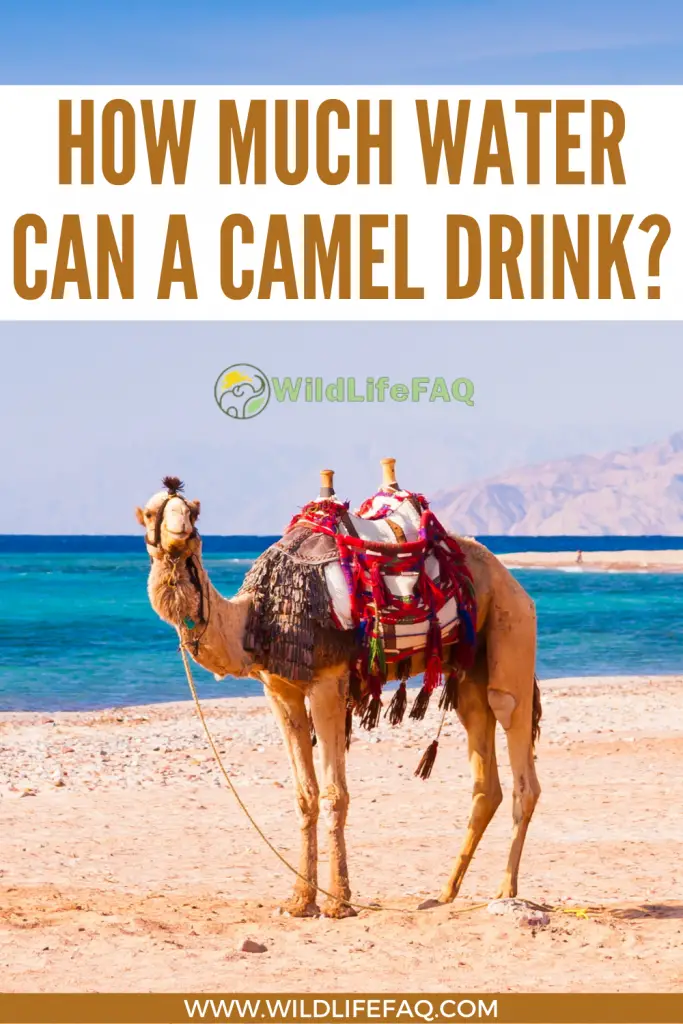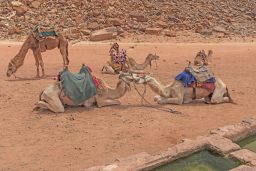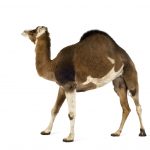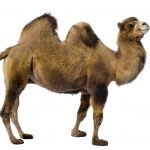Camels have special biological adaptations allowing them to drink up to 200 liters (53g) in one sitting without feeling ill. Camels are like giant hairy sponges.
How Much Water Can A Camel Drink In One Sitting?
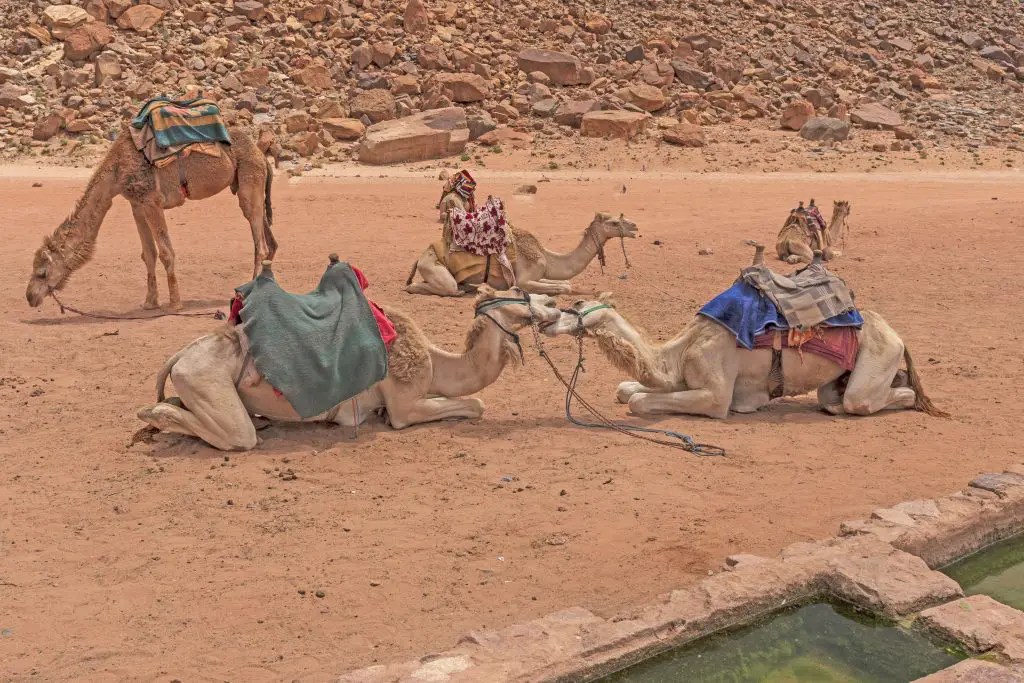
Camels – both Bactrian Camels (two humps) and Dromedary Camels (one hump) are famous for their humps and for living in deserts. We all know that there isn’t much water in a desert – and camels don’t store water in their humps – so how do they drink enough to stay alive?
The answer is two-fold really. Firstly – both the Bactrian and the Dromedary have many advanced systems in their bodies to conserve and reuse water over and over. This way – hardly any water is lost from the body in the first place. So for camels – even a small amount of water goes a very long way – which is handy really as they never know when they are getting their next drink.
Secondly – when they DO find water – camels can fill up with over 200 liters (53 US gallons) of fluid in a matter of minutes. That is more than 600 cans of pop guzzled in the time it takes to work out how many cans of pop are in 200 liters! Phenomenal drinking.
Why Can Camels Drink So Much?
A human can get really sick if they drink more than 5 liters of water in a short space of time – but a camel can drink 5 liters of water in seconds. And then some. How is that possible? Well, camels really need to be able to drink a lot of water at one sitting to survive in the desert – so they have had to come up with some totally nifty tricks to allow them to do this.
Not only have they changed the shape of their red blood cells (from circles to ovals) to better move around the veins when they are dehydrated, they have also strengthened them so they don’t burst open with a sudden influx of water. Additionally, the sometimes fatal condition of hyponatremia (where there is so much more water than salt that osmosis fails to work) is overcome by a special balance of chemicals within the body.
These things are added together to allow them to take on around 30% of their total body weight in water in a matter of minutes without bursting.
Virtually all other animals in the world cannot take on as much water as a camel – or lose as much water like a camel – without actually dying. In addition – Wild Bactrian Camels (Camelus ferus) can actually drink salt water instead of fresh water and still not get ill. They can desalinate it and make it useful again.
Is It True That Camels Can Go a Long Time Without Drinking Water?
The longevity of camel water consumption is indeed remarkable. These desert creatures have adapted to survive in harsh conditions by storing water in their humps. Their bodies efficiently conserve water and allow them to go for long periods without drinking. Camels can endure up to a week without water, making them well-suited for arid environments.
Can Camels Live Without Any Water?

No. No large mammals can live without any water in their system – but what camels can do is absorb and retain moisture from their food thereby reducing the amount of actual freshwater they need to drink. By eating plants that have a high concentration of moisture in them – they are able to extract and use the water content within.
Camels also have really tough skin in their mouth and on their lips – so are able to eat even the spikiest and gnarled plants when they need to. This means that they have more opportunities in the desert to gain nutrients and water from their surroundings without being limited by the type of plants available.
Therefore, if the camel is able to eat plants regularly – they don’t actually need to drink fresh water every day. They have enough already saved up in their blood anyway – and these plants keep it topped up. They can, in fact, not drink for the best part of two weeks if conditions are right and they started off from ‘full’. However, just as with all animals – if they are injured, over-exercised, or stressed, they will lose water faster.
There is also a small amount of water in their hump – because fat is held together with water. So – as the camels naturally use the stored energy in their hump – they release a small amount of water too. And they have around 36kg (80lbs) of fat in their humps so this really adds up to a lot of extra water if they need it.
Camels can to drink up to 200 liters (53gallons) in one go without feeling ill. This even in only a matter of minutes. Camels are like giant sponges, they suck up all the water and reuse it over and over.
